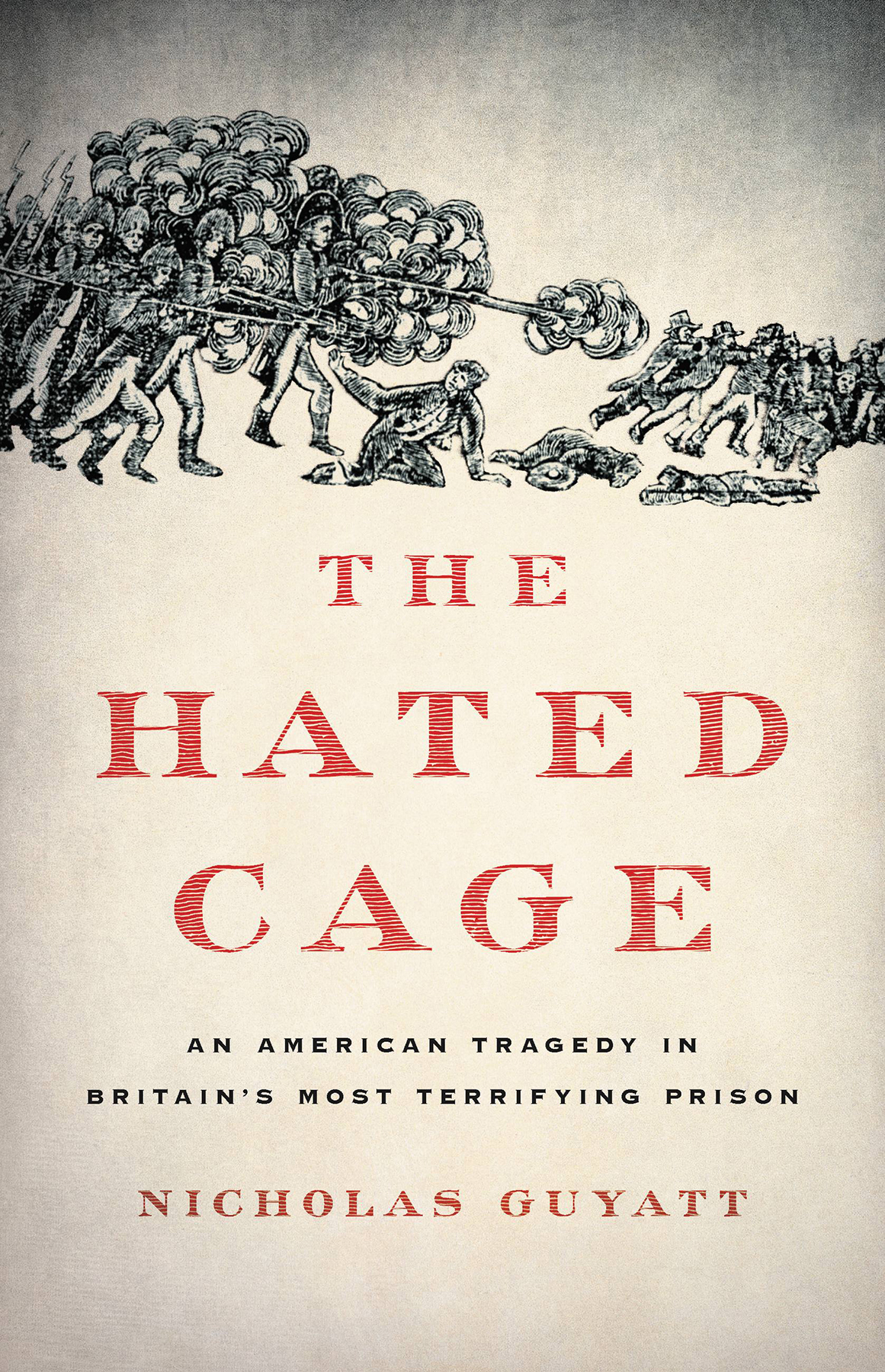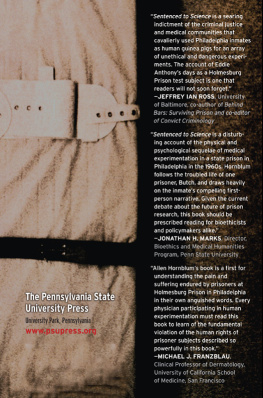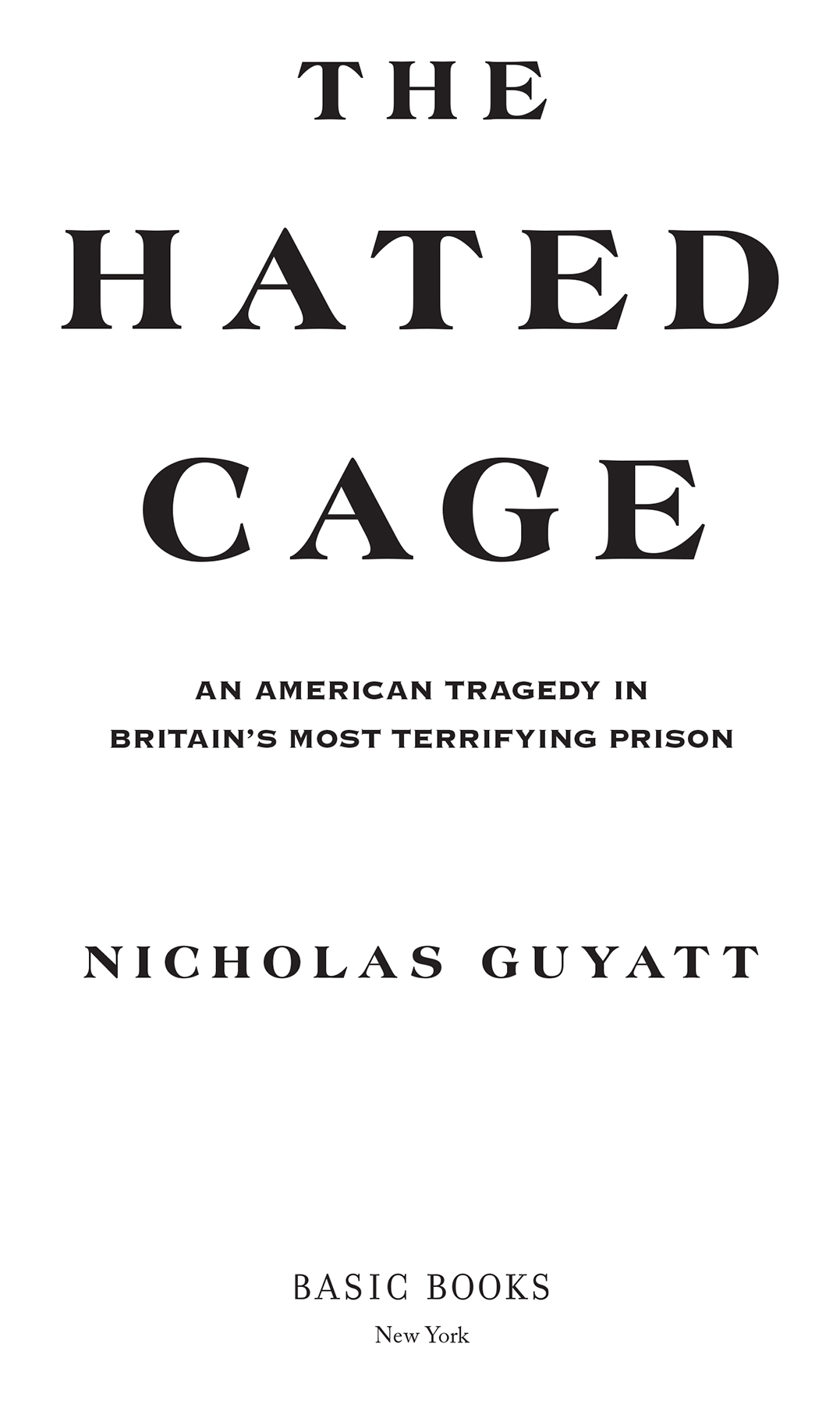
In Britain, American military cemeteries dot the landscape, none more forgotten or haunting than the one at Dartmoor, with 271 American sailors from the War of 1812. Guyatt has written a stunning, revealing history of one of the darkest and most inhumane outposts of the British empire, hidden in plain sight and historical memory in southwest England. The book is a withering tale of race and the suffering fate of seamen in the age of sail. It is also a brilliant reminder of why we do research and why we remember.
David W. Blight, Sterling Professor, Yale, and author of Frederick Douglass: Prophet of Freedom
Nicholas Guyatts absorbing story of the early nineteeth-century Dartmoor prison massacre asks who was an American and could Black men, detained as British as prisoners of war, be citizens? Told by way of archival sleuthing and exacting analysis, The Hated Cage is a fascinating study of how ideas about racism and the state became fused to one another in the early American republic. It is a must-read for anyone concerned with the origins of the anti-Black thought of our own time.
Martha S. Jones, author of Vanguard
In Guyatts truly extraordinary recovery of Americans imprisoned long ago, he has excavated a most disturbing racial as well as carceral past, one that will feel disturbingly familiar, and one that underscores on every page the imperative of finally reckoning with white supremacy if there is to be a different future.
Heather Ann Thompson, Pulitzer Prizewinning author of Blood in the Water: The Attica Prison Uprising of 1971 and Its Legacy
In this brilliant book, Nicholas Guyatt tells the fascinating story of a long-forgotten massacre of American sailors in a British prison. While that tale on its own is gripping, The Hated Cage uses this prison drama to unlock a range of insights about life and death across the nineteenth-century Atlantic world. A must-read work.
Kevin M. Kruse, professor of history, Princeton University
This is history as it ought to begripping, dynamic, vividly written, and altogether brilliant in its interpretation. Nicholas Guyatt has liberated a motley crew of American sailors from the double darkness of Dartmoor Prison and our own poor historical memory.
Marcus Rediker, author of The Slave Ship: A Human History
Mostly set in a prisoner-of-war camp located on an otherworldly English moor, Nicholas Guyatts The Hated Cage is history at its most beguiling. Guyatt expertly synthesizes critical maritime and prison scholarship to give us a unique window into war, repression, racial violence, and incarceration in early modern American history. Anyone interested in exploring the meaning of the American Revolution would do well to lay off its founding fathers and read Guyatts account of long-ignored, tellingly so, events in Dartmoors Black Prison.
Greg Grandin, Peter V. and C. Vann Woodward Professor of History, Yale University
Copyright 2022 by Nicholas Guyatt
Cover design by Ann Kirchner
Cover images: History and Art Collection / Alamy Stock Photo; javarman / Shutter stock.com; fixer00 / Shutterstock.com; YaiSirichai / Shutterstock.com
Cover copyright 2022 by Hachette Book Group, Inc.
Hachette Book Group supports the right to free expression and the value of copyright. The purpose of copyright is to encourage writers and artists to produce the creative works that enrich our culture.
The scanning, uploading, and distribution of this book without permission is a theft of the authors intellectual property. If you would like permission to use material from the book (other than for review purposes), please contact permissions@hbgusa.com. Thank you for your support of the authors rights.
Basic Books
Hachette Book Group
1290 Avenue of the Americas, New York, NY 10104
www.basicbooks.com
First Edition: April 2022
Published by Basic Books, an imprint of Perseus Books, LLC, a subsidiary of Hachette Book Group, Inc. The Basic Books name and logo is a trademark of the Hachette Book Group.
The Hachette Speakers Bureau provides a wide range of authors for speaking events. To find out more, go to www.hachettespeakersbureau.com or call (866) 376-6591.
The publisher is not responsible for websites (or their content) that are not owned by the publisher.
Library of Congress Cataloging-in-Publication Data has been applied for.
ISBNs: 9781541645660 (hardcover), 9781541645646 (ebook)
E3-20220106-JV-NF-ORI
Seamens Protection Certificate for Thomas Wilson (National Archives, Washington, DC) |
Thomas Tyrwhitt (17621833), by Friedrich Muller (By permission of the Governing Body of Christ Church, Oxford) |
Norman Cross prison (Courtesy of Peterborough Museum and Art Gallery) |
Benthams Panopticon (Courtesy of Wikimedia Commons) |
Giovanni Battista Piranesi, The Smoking Fire (1761), from Carceri dinvenzione (Courtesy of the Metropolitan Museum of Art, New York, Harris Brisbane Dick Fund, 1937) |
Samuel Prout, Dartmoor Prison (1807) (Courtesy of The Box, Plymouth) |
Main Gate, Dartmoor Prison ( Baz Richardson) |
Plan of Dartmoor Prison from Ackermanns Repository (1810) (Courtesy of Neil Davie) |
HMS Leonidas captures US privateer Paul Jones (Courtesy of the Naval History and Heritage Command/National Archives) |
First page of the register of American prisoners of war at Dartmoor (National Archives of the UK) |
Thomas George Shortland (17711827) ( National Maritime Museum, Greenwich, London) |
View of Dartmoor Prison by J. I. Taylor (Courtesy of Library of Congress, Prints and Photographs Division) |
Veterans of Dartmoor (1853) (Courtesy of Center for Brooklyn History, Brooklyn Public Library) |
W. C. Jackson, King Dick & His Chaplain (1886) (Public domain) |
W. Carnes, Massacre of the American Prisoners of War (Courtesy of American Antiquarian Society) |
Horrid Massacre at Dartmoor Prison (1815) ( History and Art Collection, Alamy Stock Photo) |
Henry Van Meter (1864) (Courtesy of Archive.org) |
T here were dead Americans in the yard. It was dark now and Frank Palmer didnt know how many.
Dartmoor prison, perched on high moorland in southwest England, was a place where even the British thought the weather was bad. The morning of 6 April 1815 had felt like the first day of spring, but the rare opportunity to spend time outdoors had only exposed the prisoners restiveness. The War of 1812 had been over for two months, and more than five thousand Americans were still locked within Dartmoors massive walls. In the afternoon, hundreds of them had started an impromptu fight, throwing mud at each other and then at the British soldiers who were guarding them. The commotion made it easy to miss the smaller crowd of prisoners who were trying to punch a hole in the inner wall between the prison yard and the barracks building. Surely they didnt think they could escape from Britains most fearsome prison? After the winter just gone, the guards believed the Americans capable of anything. When the sport in the yards led to the breaching of the prisons inner wall, the situation deteriorated rapidly.












